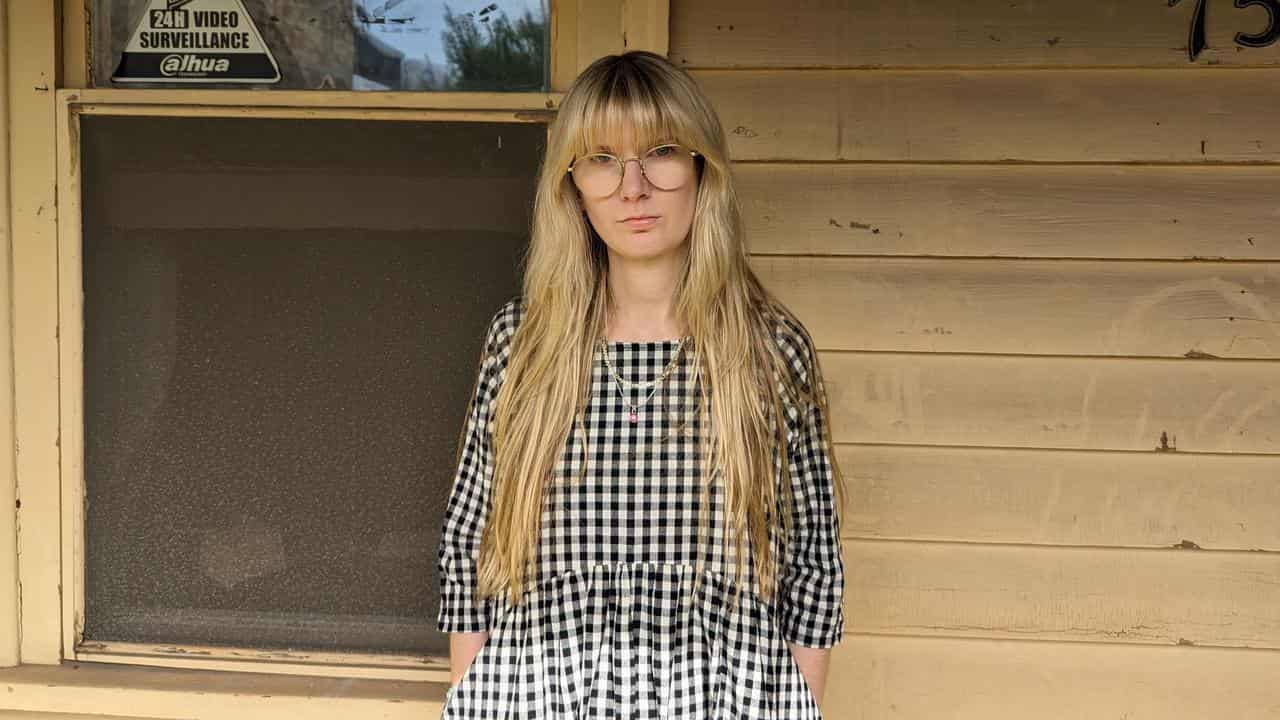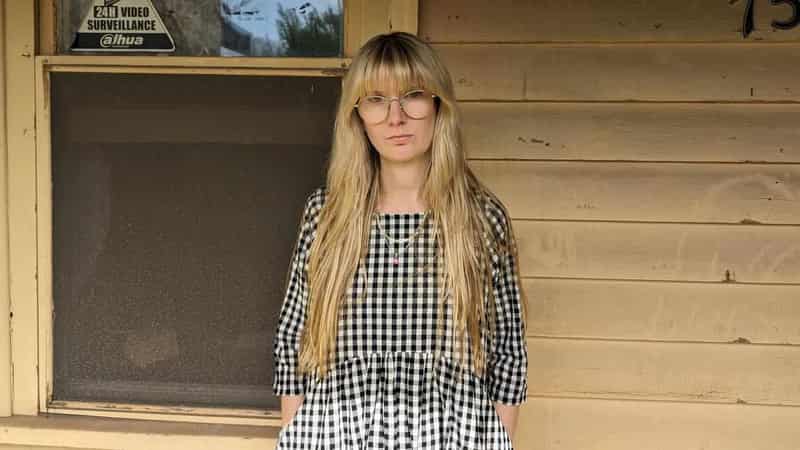
Most rental homes are too cold in winter but record-low vacancy rates combined with higher power costs mean tenants have limited scope to escape the unhealthy conditions, or demand improvements.
Tenant advocacy organisation Better Renting, in a report released on Thursday, is calling for government action on minimum energy efficiency standards for rentals, including efficient heaters and ceiling insulation.
A survey found homes in NSW and South Australia were so substandard that it was routinely colder indoors than outdoors.
Better Renting has been working with 59 representative "renter researchers" across Australia to track temperature and humidity.
A high proportion of rental homes had average temperatures below a healthy minimum of 18C, which has been recommended by the World Health Organisation as a safe indoor temperature in winter.
Melbourne resident Katie, who asked her surname not be published, was among the researchers and the maximum temperature recorded in the 29-year-old's home was 18.5C, while the median was 12.9C.
She and her partner have been renting in Coburg North for almost a year and Katie said their free-standing home gets so cold she cramps.
“We're trying to move out at the moment but given the state of the housing market it's very difficult and quite a lengthy process," she told AAP.
The home has had maintenance issues including a leaking roof, bathroom mould, poor insulation and a plumbing issue.
“It’s just so frustrating because I’m a median income earner, I have a job, a university degree, I can pay the bills and I still struggle to heat my home," Katie said.
"When even someone as lucky as me is struggling it’s indicative that it’s such a huge problem.”
Many renters cut back on heating altogether to save money, while also struggling to pay high rents.
"This winter renters didn't have enough power to warm their homes, in more ways than one," spokesman Joel Dignam said.
"In draughty, uninsulated homes, you struggle to reach a decent temperature, even if you are running a heater."
But renters, fearing eviction, keep quiet about their cold homes and mould problems.
"We need to see action on minimum energy efficiency standards for rentals," Mr Dignam said.
"This needs to be complemented by action on unfair evictions and rent increases, so renters don't have to worry about retaliation every time they speak up for themselves."
Some governments have made changes, and others were urged to follow suit.
Victoria and the ACT have introduced minimum energy efficiency standards for rentals. Since March, Victoria has had a requirement for an energy-efficient heater in the main living area.
But landlords in the ACT skirt requirements by listing as "energy efficiency rating unknown", or "this property does not comply with the minimum insulation standard".
Renters in Tasmania had some of the worst conditions, with homes below 18C for more than 22 hours a day. The report found the average median temperature was just 14C.
Tasmanian rental law requires a heater in the main living area, but there is no requirement for it be energy-efficient and affordable.
Real Estate Institute of Australia deputy president Leanne Pilkington said most property owners would be happy to improve heating and cooling and suggested tenants collect information and approach their property manager with a plan for improvement.
"It is a great reminder for any tenants looking for cooling upgrades to get ready for what we expect to be a hot summer, to get in touch with your property manager now and get the conversation started," Ms Pilkington said.









